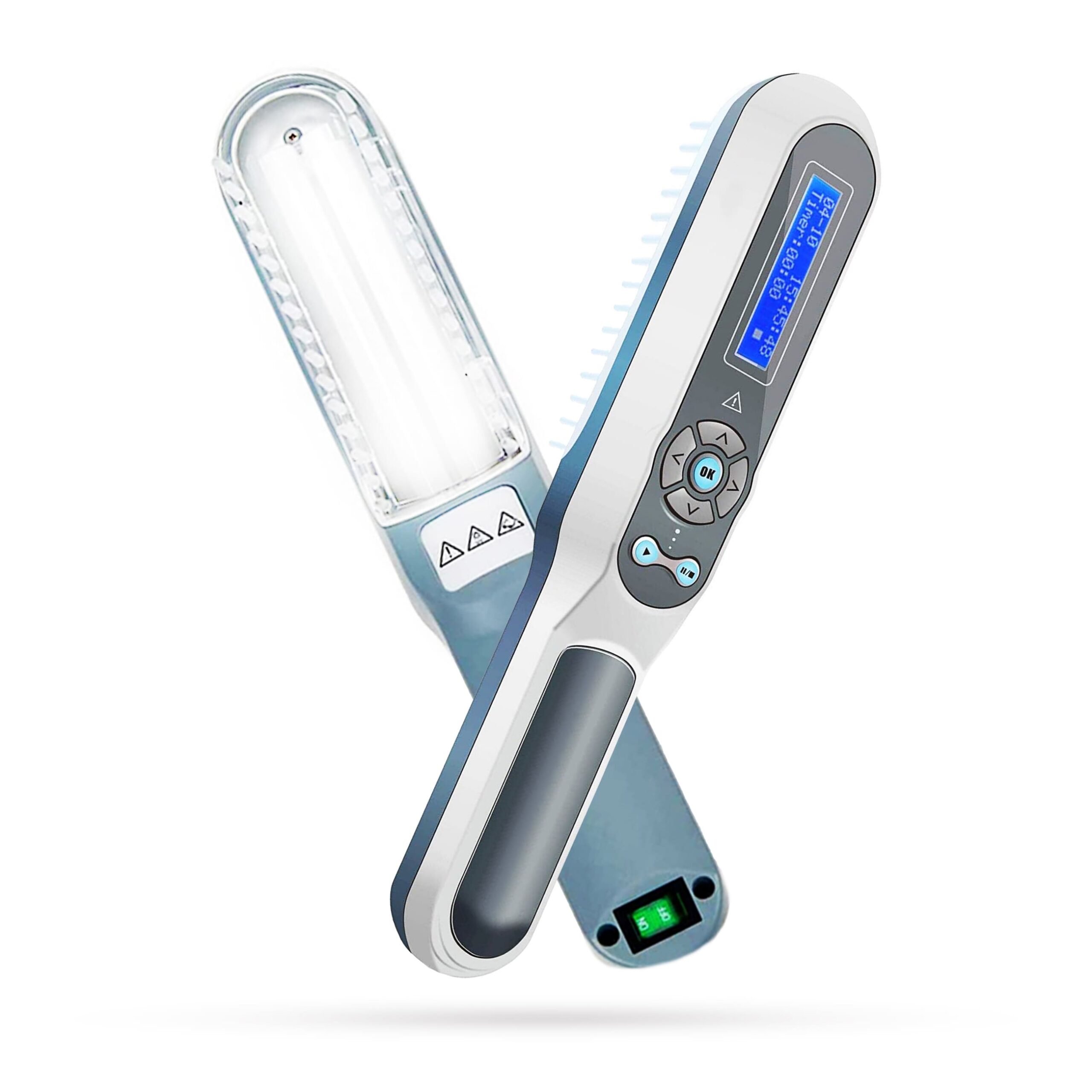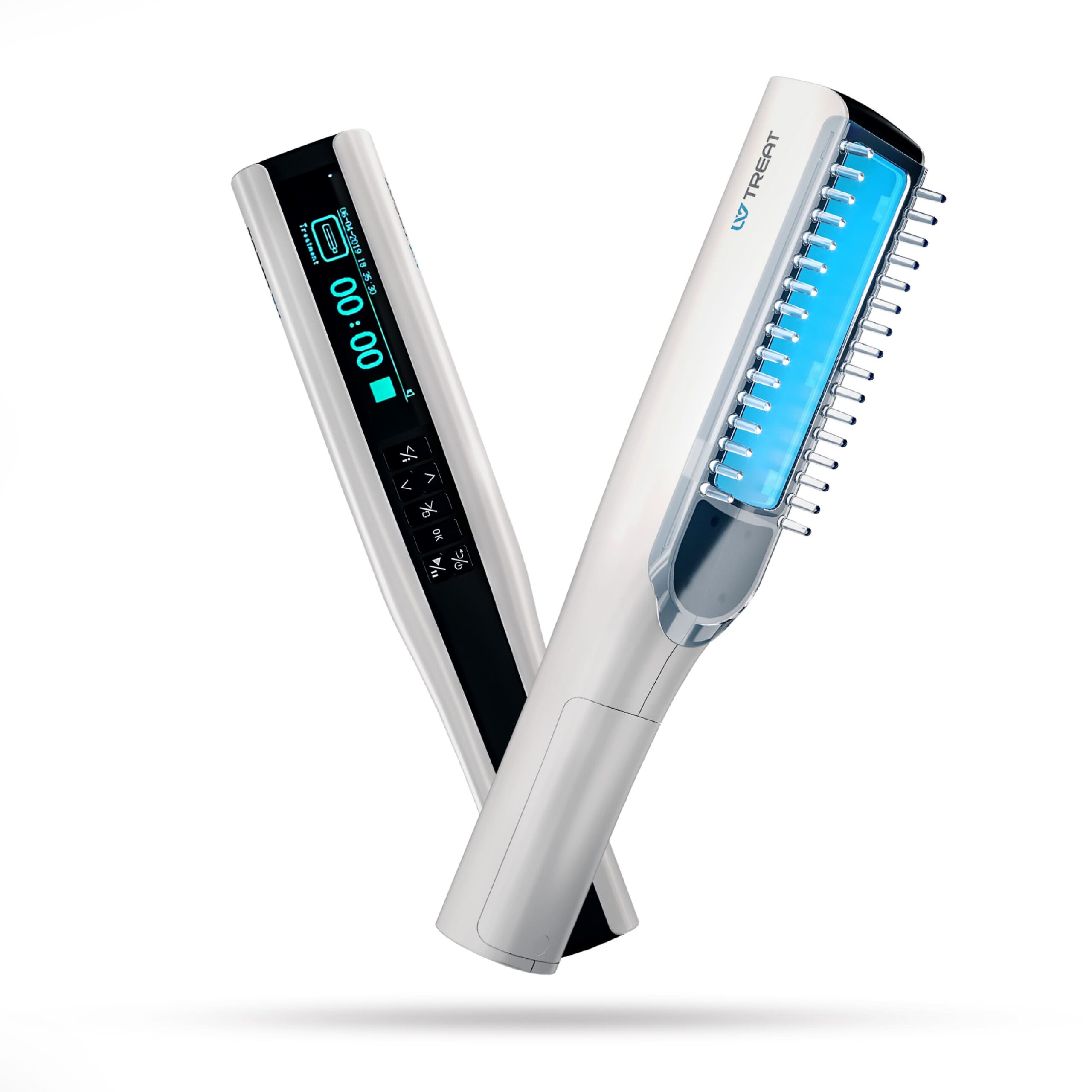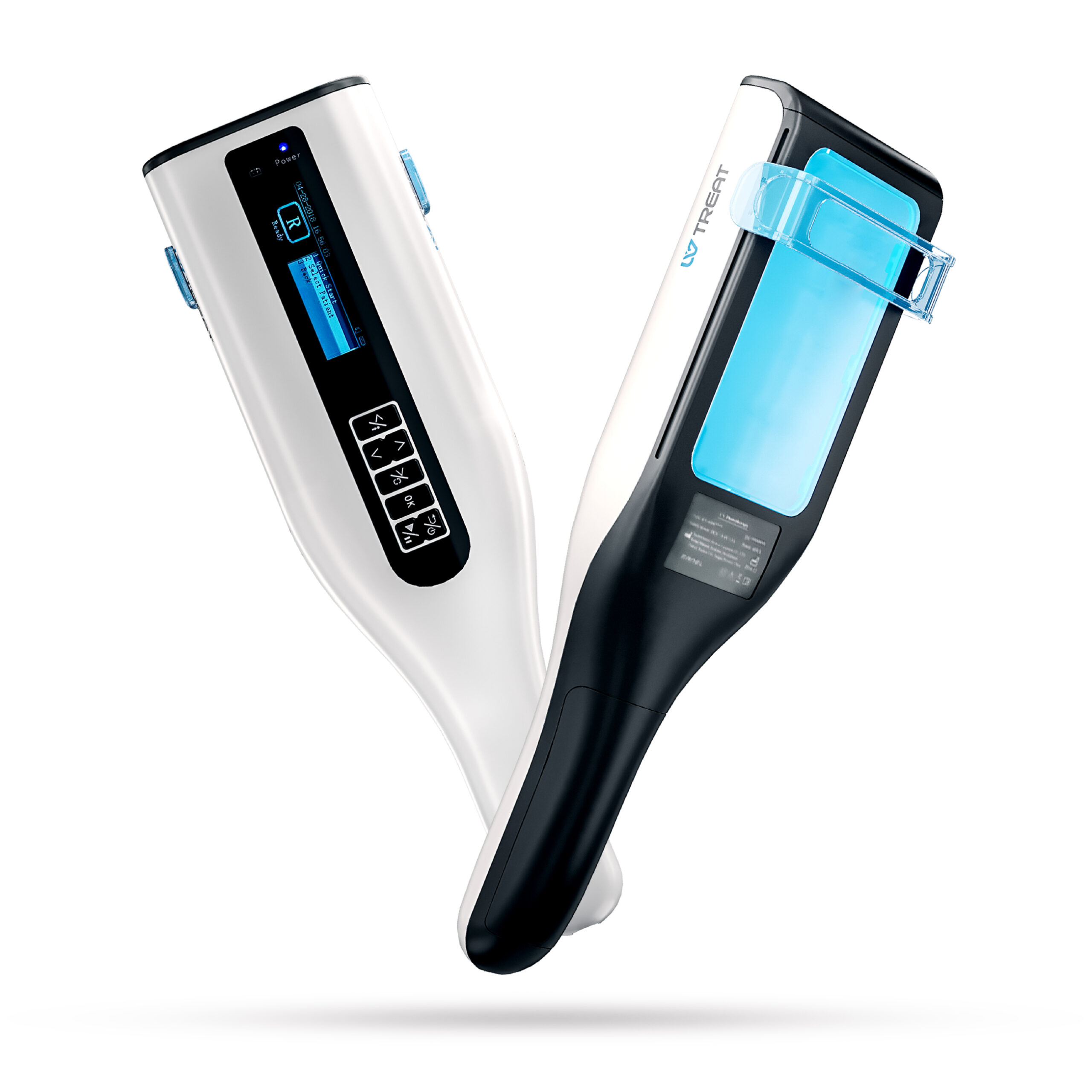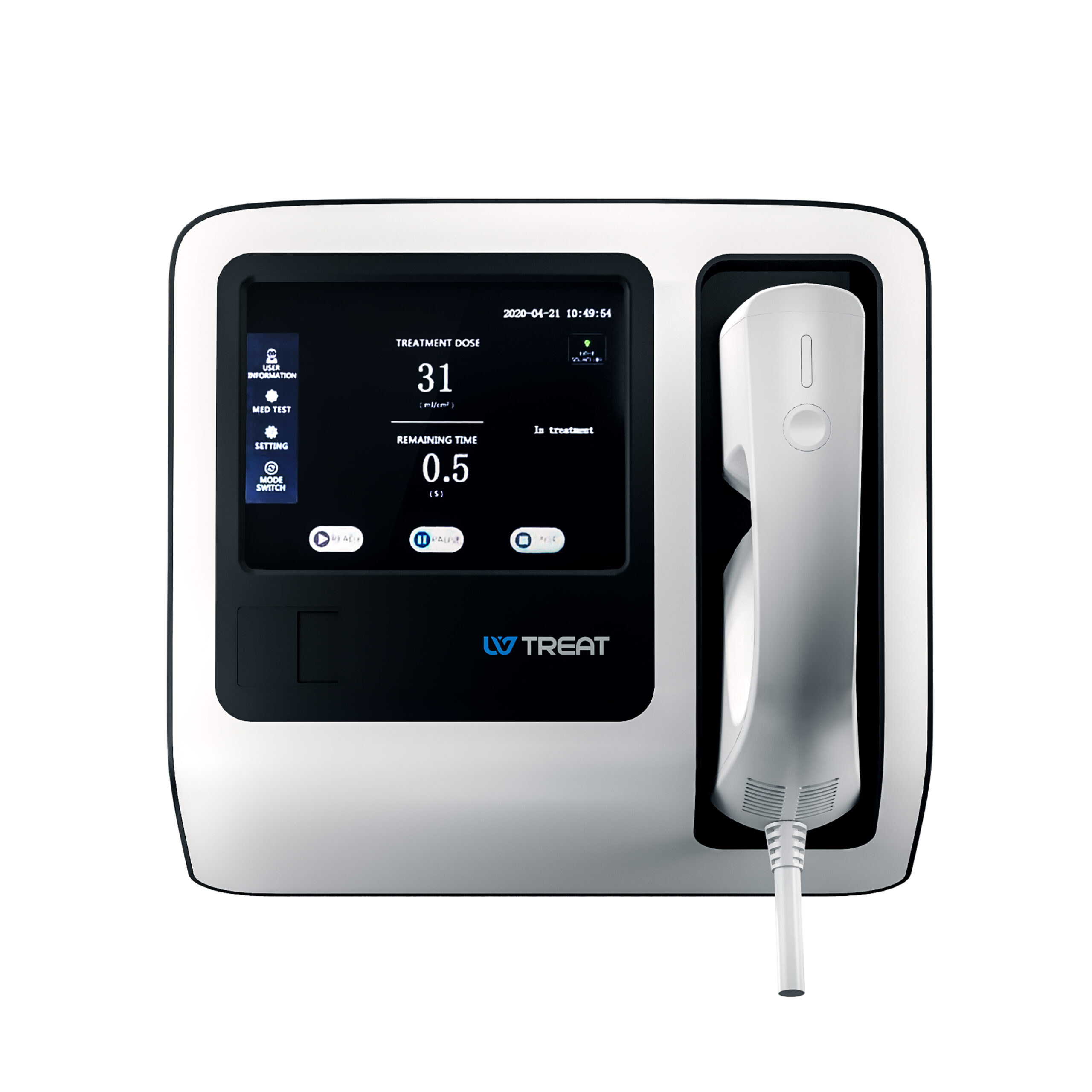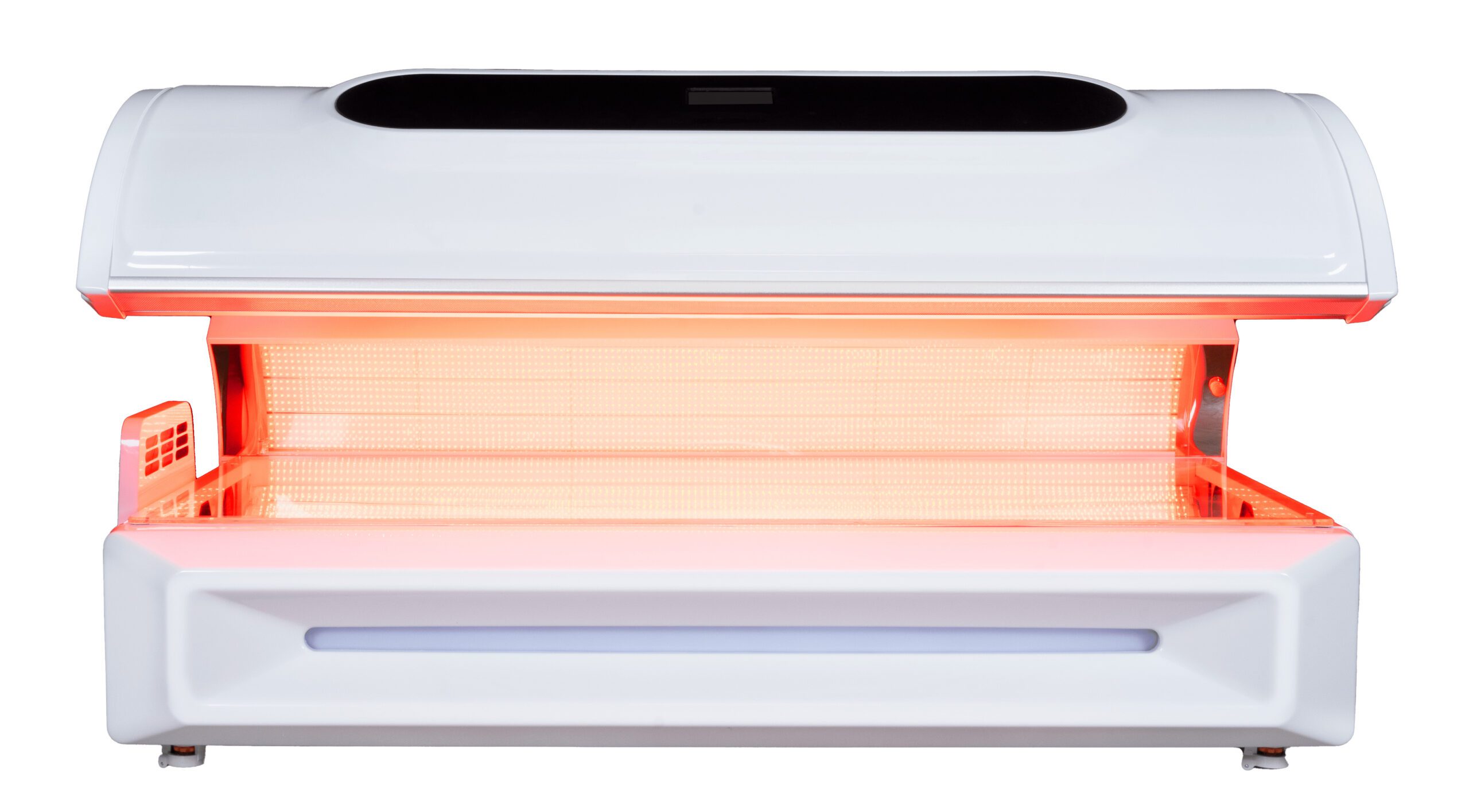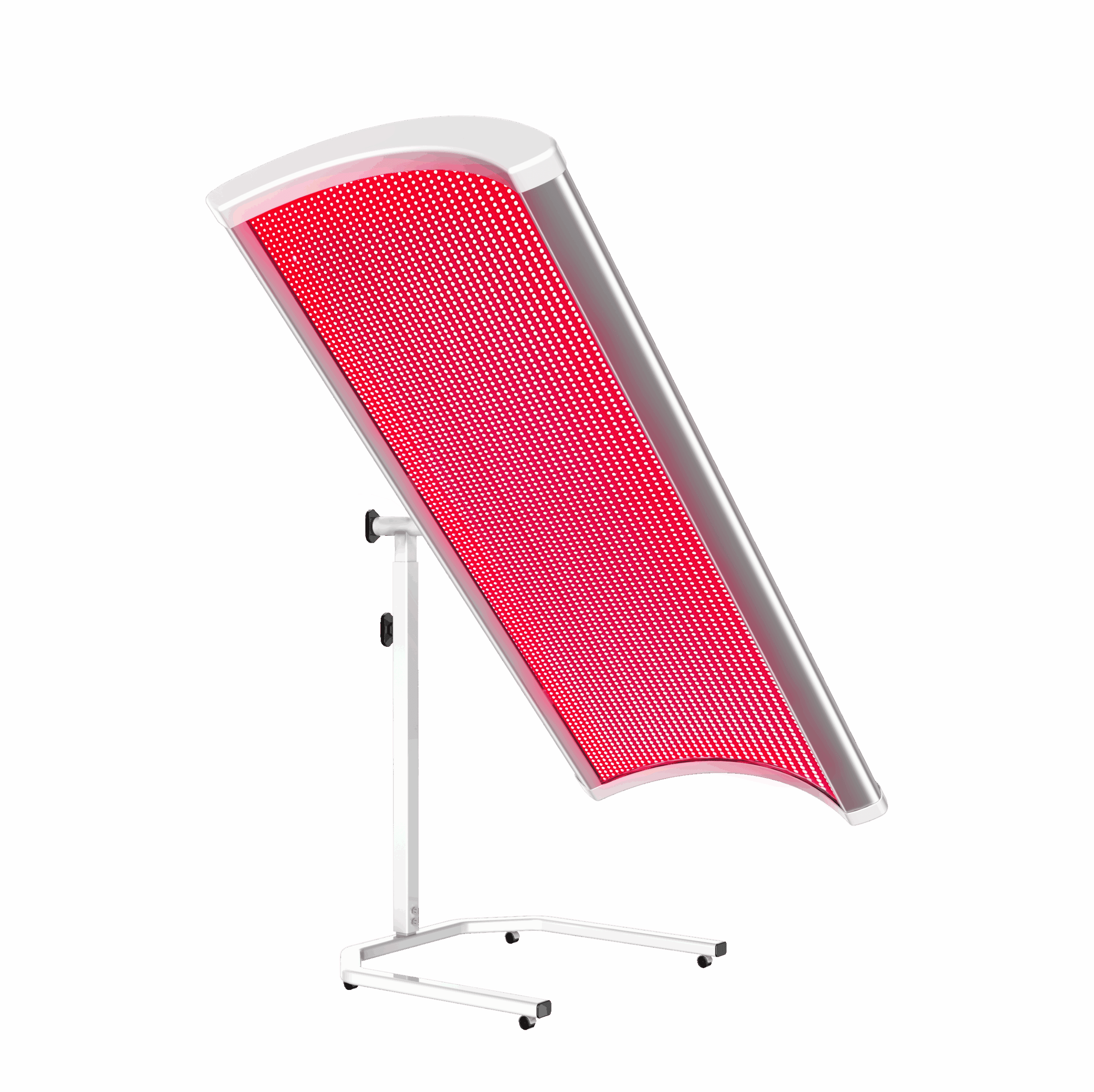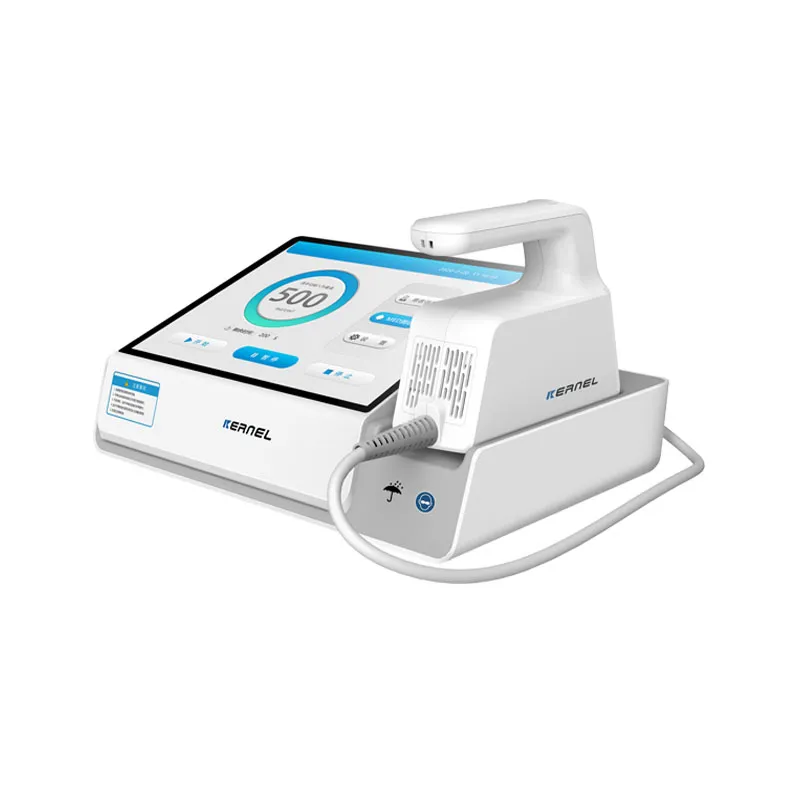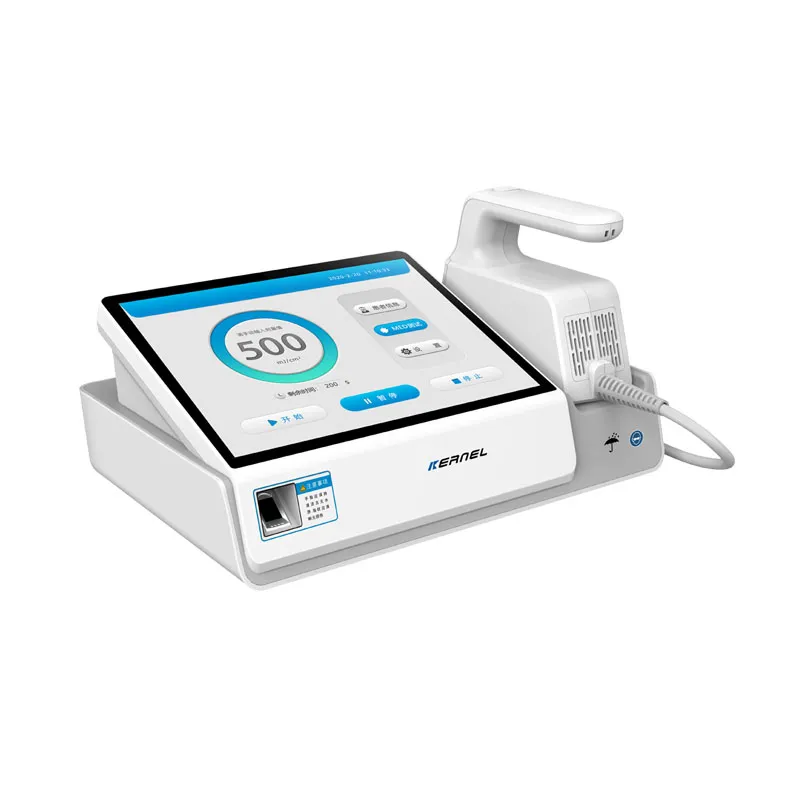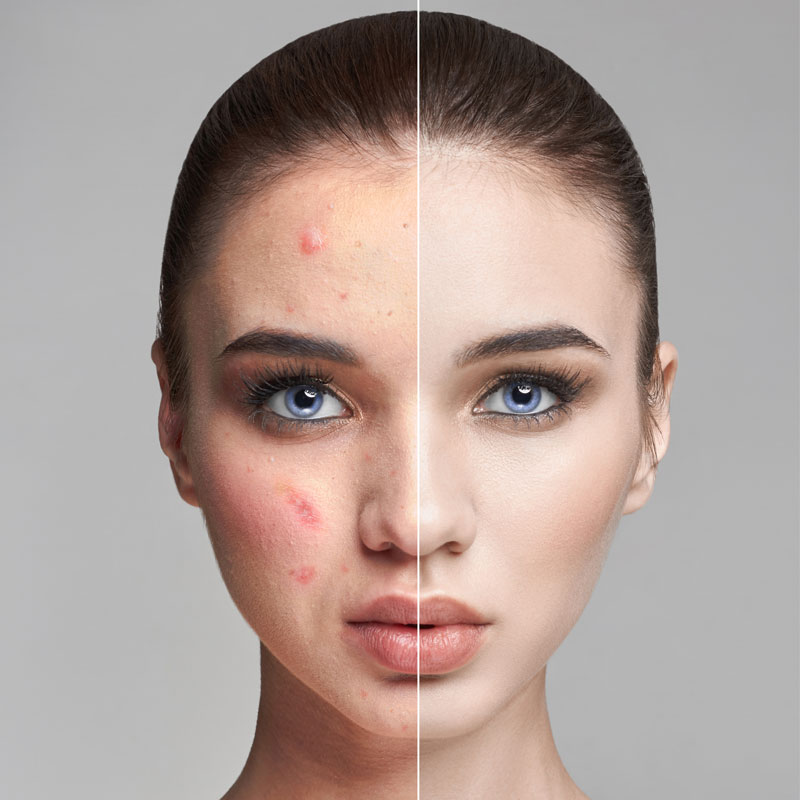Phototherapy lamps
Phototherapy: A Light in Dermatological Treatment
Phototherapy has revolutionized the field of dermatology, offering effective solutions for skin conditions such as psoriasis, eczema, and vitiligo. This non-invasive treatment has significantly improved the quality of life for many people. But what exactly is phototherapy, how does it work, and what benefits does it offer? Here, we take a closer look at this innovative technique.
What is Phototherapy?
Phototherapy is a medical treatment that uses controlled ultraviolet (UV) light to address various dermatological conditions. This light may be ultraviolet A (UVA) or ultraviolet B (UVB), applied at different intensities depending on the condition being treated. It is administered under medical supervision to ensure that it is performed safely and effectively.
According to Dr. Ana Perez, a dermatology specialist, “Phototherapy has proven to be an exceptional tool, particularly in cases of psoriasis, where symptom relief can be truly life-changing.”
What are the applications of Phototherapy in dermatology?
Phototherapy is used to treat a variety of skin conditions, including:
- Psoriasis: Reduces inflammation and slows down excessive skin cell production.
- Eczema: Soothes chronic inflammation, prevents frequent flare-ups, and improves skin texture.
- Vitiligo: Promotes repigmentation of areas affected by pigment loss.
- Atopic dermatitis: Provides relief by controlling irritation and severe itching.
- Cutaneous lymphoma: In certain forms of skin cancer, controlled UV light exposure can be beneficial.
The case of María, a patient with psoriasis, illustrates this well. After consistent phototherapy sessions, her skin cleared noticeably, and the itching was drastically reduced, allowing her to regain her confidence.
How does Phototherapy work?
Phototherapy treatment involves the controlled exposure of the skin to UV rays, usually in a clinic or dermatology office. The typical steps are:
- Pre-treatment evaluation: A dermatologist assesses the skin condition and selects the most appropriate wavelength (UVA or UVB).
- Regular sessions: Depending on the condition, treatments are carried out several times per week over a set period.
- Medical monitoring: Phototherapy use is carefully supervised to prevent complications.
For Carlos, a patient with vitiligo, this approach was crucial. After several months of consistent treatment, he experienced significant repigmentation in the affected areas, greatly boosting his self-esteem.
What are the benefits of Phototherapy?
Phototherapy offers multiple benefits, standing out for its ability to improve chronic conditions in a non-invasive way. The main advantages include:
- Significant skin improvement: Relieves symptoms such as inflammation, redness, and itching.
- Reduced need for medications: Can lessen dependence on topical creams or oral drugs.
- Long-lasting results: Long-term phototherapy may provide consistent relief, as shown by Sofia’s case, where she experienced a marked reduction in eczema flare-ups.
“Phototherapy not only relieves visible symptoms but also has emotional benefits, especially for patients who have lived for years with chronic conditions,” adds Dr. Ana Perez.
Considerations and Risks
While phototherapy is safe when performed under medical supervision, there are some considerations to keep in mind:
- Minor side effects: These may include temporary redness or dryness of the skin.
- Possible long-term risks: Prolonged UV exposure increases the risk of sun-related damage, including premature skin aging.
- Personalized suitability: Not all conditions or skin types are appropriate for this treatment, making prior medical evaluation essential.
Dermatologists carefully assess each case to adjust the intensity and frequency of therapy, ensuring the benefits outweigh potential risks.
Patient Experience
Patients who have undergone phototherapy often highlight both physical and emotional benefits. Beyond the stories of María, Carlos, and Sofia, many others have described how this treatment restored their confidence, comfort, and quality of life.
Carlos, for instance, enthusiastically explains how phototherapy not only improved his vitiligo but also encouraged him to engage more socially. “I used to avoid group events. Now I feel more confident and comfortable with my appearance,” he says.
Conclusion
Phototherapy is undoubtedly a “light” in the treatment of various dermatological conditions. With its ability to transform lives by improving skin health, this technique continues to gain recognition in the field of dermatology.
If you are considering this treatment or simply want to learn more, consult a dermatology specialist to determine whether phototherapy is right for you. Ultimately, the most important thing is finding a treatment that allows you to feel good both inside and out.
FAQ
-
Phototherapy is a medical treatment that uses controlled ultraviolet (UV) light to treat various skin conditions. This light can be ultraviolet A (UVA) or ultraviolet B (UVB) spectrum, used at different intensities depending on the condition being treated. It is administered under medical supervision to ensure that it is performed safely and effectively.
-
Phototherapy is used to treat a variety of skin conditions, including: Psoriasis: Reduces inflammation and slows down excessive skin cell production. Eczema: Soothes chronic inflammation, preventing frequent flare-ups and improving skin texture. Vitiligo: Promotes repigmentation of areas affected by pigment loss. Atopic dermatitis: Provides relief by controlling irritation and severe itching. Cutaneous lymphoma: In certain forms of skin cancer, controlled exposure to ultraviolet light can be beneficial.
